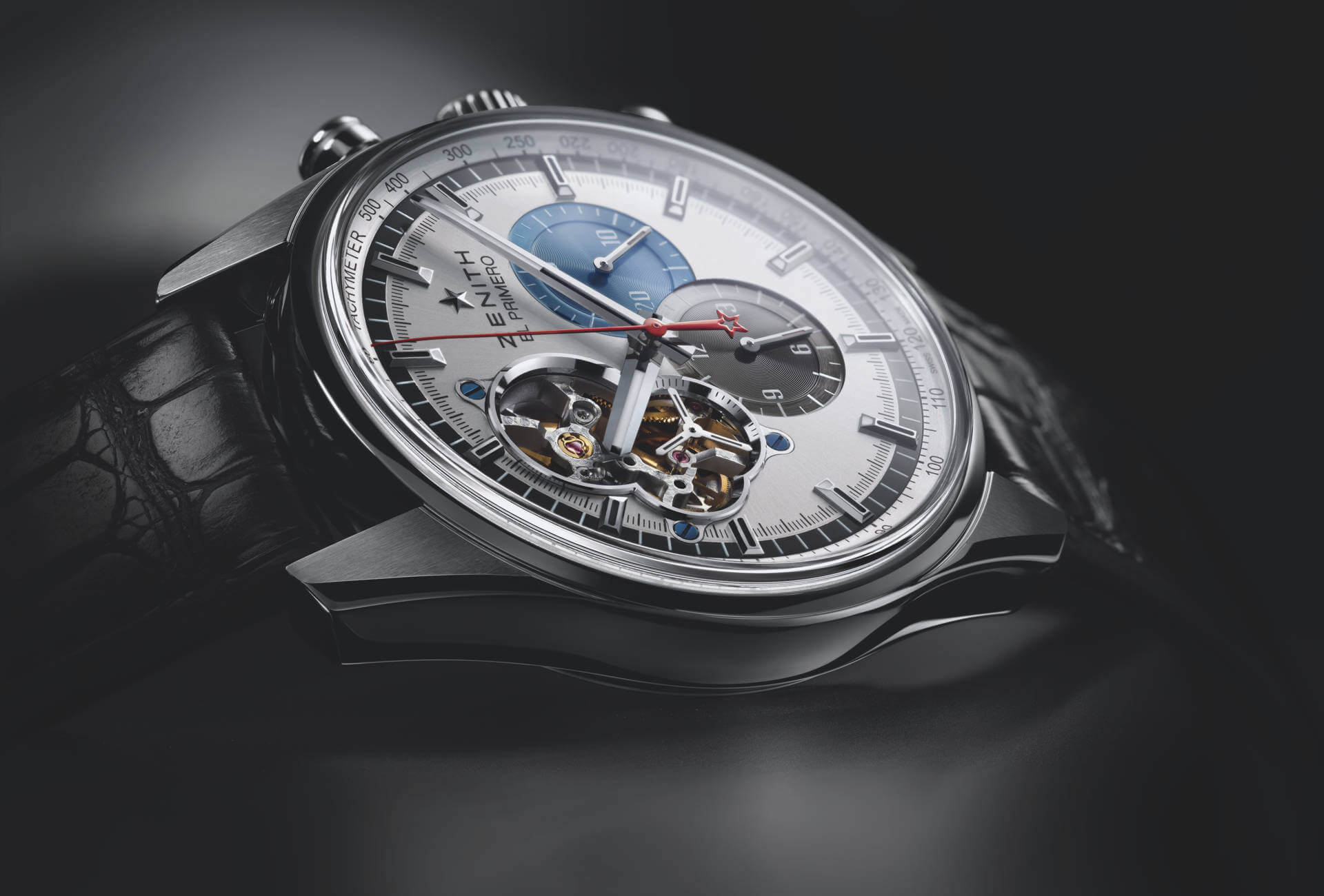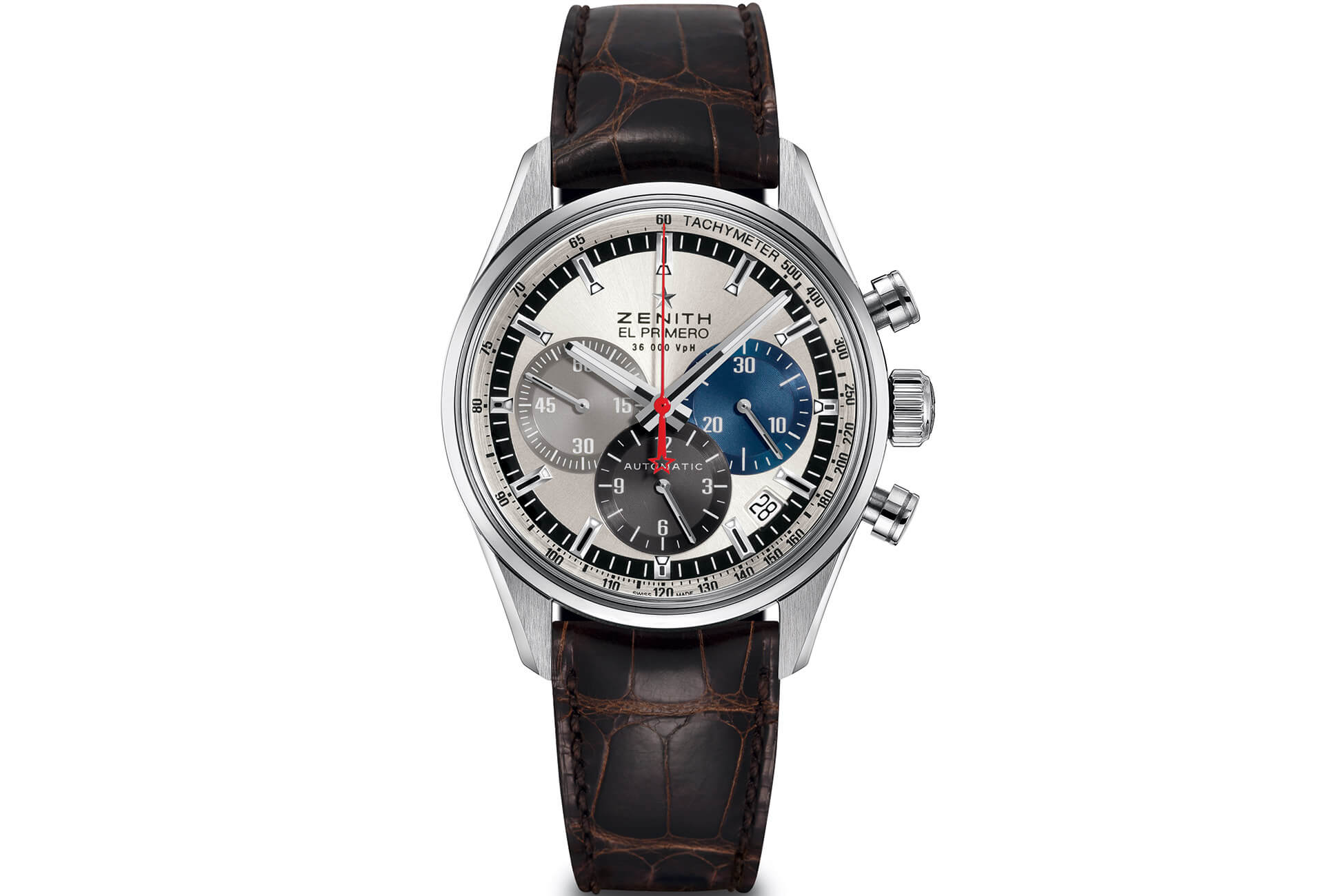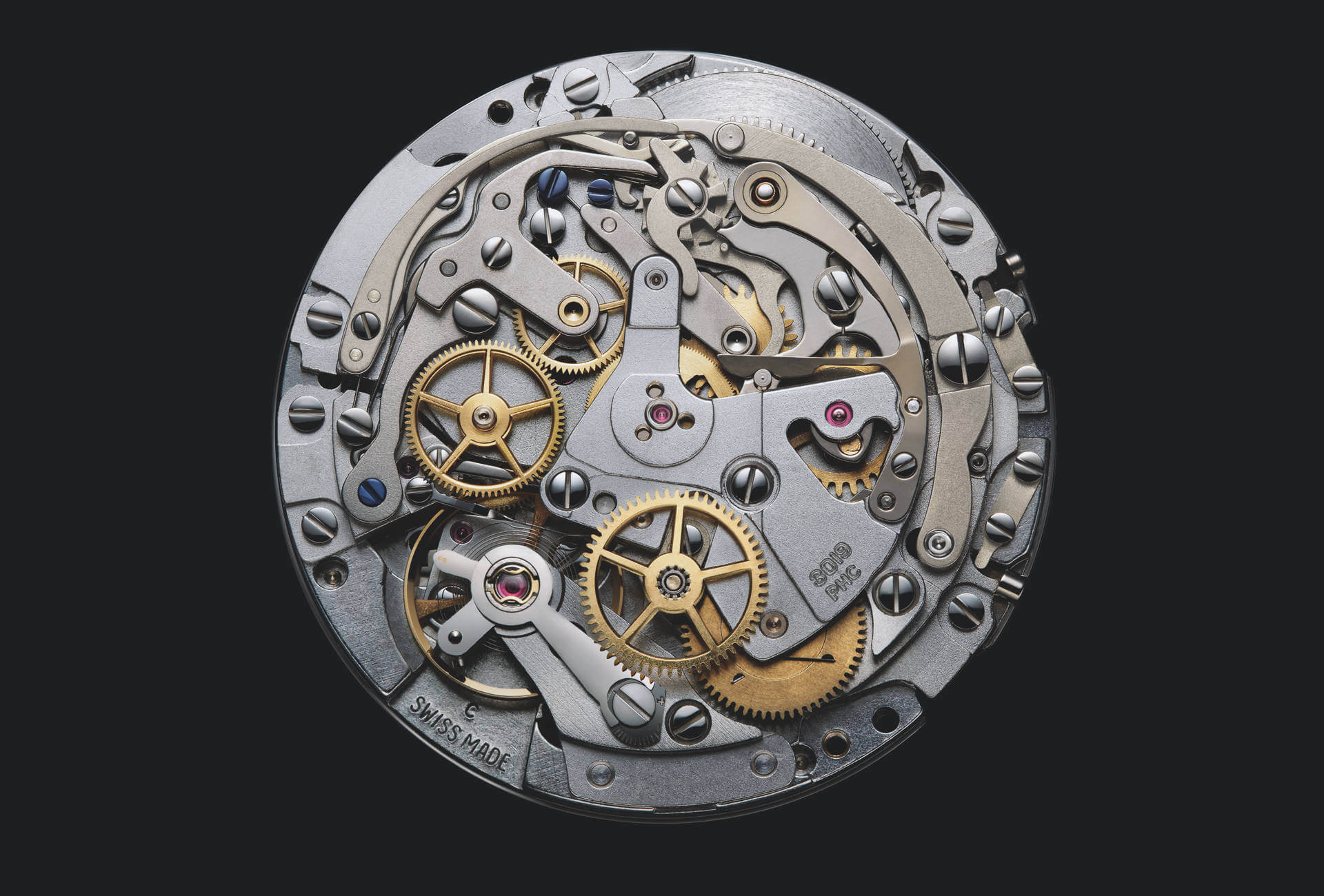For the ordinary Jane or Joe, 1969 will always be the year of Woodstock or Man’s first steps on the Moon. For the horologically inclined, it marks the beginning of a legend; the birth of a calibre that remains the symbol of Zenith’s mechanical watchmaking. On January 10th 1969, on the eve of the quartz crisis, Zenith pulled the rug from under its competitors’ feet with the first fully integrated, high-frequency, automatic chronograph movement. Codenamed 3019 PHC, this spectacular leap in watchmaking technology would become famous as the El Primero – “the first” in Esperanto.
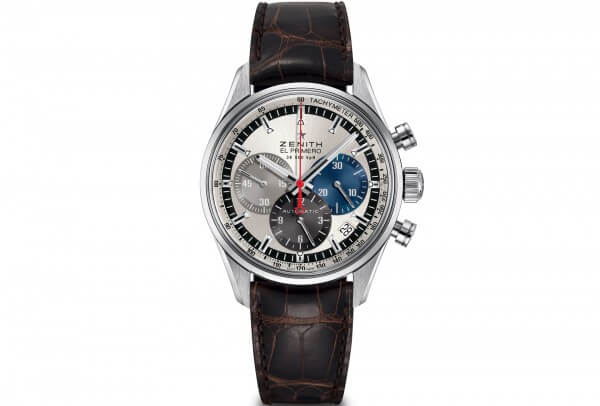
One against many
Flashback to the 1960s: the chronograph was all the rage and brands locked horns in the battle for precision. Zenith could already lay claim to some of the most technologically advanced chronographs but had yet to make any real headway in automatic movements, even after its takeover of Martel Watch Company in 1959. With the centennial of its founding coming up in 1965, the Le Locle firm set about developing a new movement that it could unveil for the occasion. Specifications were clear: this was to be the first automatic chronograph wristwatch. And it had to be fully integrated, with a column wheel and a central rotor on ball bearings. Easier said than done. How could a movement beat at a frequency of 36,000 vph, deliver at least 50 hours of power reserve, automatically wind in both directions, and be slim enough to fit on the wrist? Zenith’s watchmakers struggled to find the solutions. The centennial came and went, and still no watch.
In 1967 word got out that Breitling, Hamilton-Büren, Dubois-Dépraz and Heuer-Léonidas had joined forces and were working on a rival project. Whatever the difficulties of going it alone, Zenith had to step up the pace or risk missing its place on the podium. And it did: on January 10th 1969, the El Primero was revealed to the world. The press was unanimous in praising the new movement’s technical prowess, not least the integrated automatic winding mechanism. Orders came rushing in but at such a critical moment, with quartz poised to decimate the Swiss watch industry, what value did a mechanical movement hold?
Saved!
In 1975 the axe fell: Zenith Radio Corporation (the Le Locle Zenith had been sold to the American firm in 1971), announced its decision to cease production of mechanical movements. Including the El Primero. Tools, machines and components were to be sold for scrap. A large batch of movements, in the process of being assembled, were labelled and packed off for storage. This was the death knoll for the calibre Zenith had intended as its calling card for precision watchmaking.
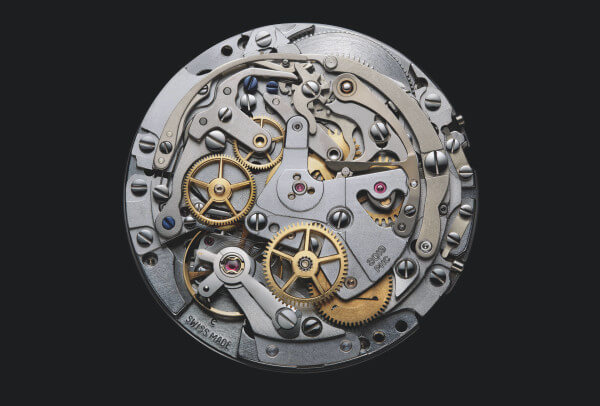
As we all know, watchmaking has its unsung heroes. Charles Vermot is of that mettle. Vermot, who had spent his entire career at Zenith, went behind management’s back and, helped by his brother, classified, inventoried and labelled parts and cutting tools. He dismantled machines, put route sheets into binders, and hid them away where no-one would find them. Thanks to him, these vital treasures of mechanical precision were saved from extinction.
Almost a decade passed before the El Primero was able to rise from its ashes. Ebel was first to use it for certain of its watches in 1984. Rolex then chose it – with two hundred modifications – for the Daytona chronograph. Panerai, Boucheron and Daniel Roth all took advantage of the El Primero’s performance until LVMH, Zenith’s new owner since 1999, decided it would reserve the benefit of the movement’s singular properties for its own brands.
In 2012 the El Primero Stratos Flyback Striking 10th broke the sound barrier on Felix Baumgartner's wrist.
A high-flying calibre
There are many reasons the El Primero was so highly desirable right from the start. First of all, Zenith gave its watch an instantly recognisable face with three coloured counters – lighter for seconds, darker for hours and an intermediate shade for minutes – which also facilitated read-off. This was also an exceptionally robust and reliable movement; to prove it, Zenith even went as far as to fasten one to the landing gear of a Boeing 707. After taking off in Paris, the watch landed in New York perfectly intact and on time. That was in 1970; in 2012 the El Primero Stratos Flyback Striking 10th broke the sound barrier on Felix Baumgartner’s wrist.
The El Primero is the foundation on which Zenith has built its reputation. The solidity and precision of the 1969 original have been enriched with numerous complications, including a tourbillon, large date, split-seconds mechanism, minute repeater, alarm, retrograde date and jumping seconds. It’s hard to know which of the many (more than twenty) versions to single out. Maybe the Open, introduced in 2003 and which reveals the mesmerising spectacle of a mechanical heart beating at 36,000 vibrations per hour. Or the El Primero 4031 with its GMT, alarm, striking mechanism and large date display. As well as adding functions to its star calibre, Zenith systematically incorporates the very latest technology, such as its Zenithium alloy in 2006 and silicon in 2010. The original El Primero may no longer be the most precise – that honour goes to last year’s big reveal, the Defy El Primero 21, – but its legendary status is set in stone. For watch collectors and admirers of beautiful mechanisms, El Primero will always be The First.








